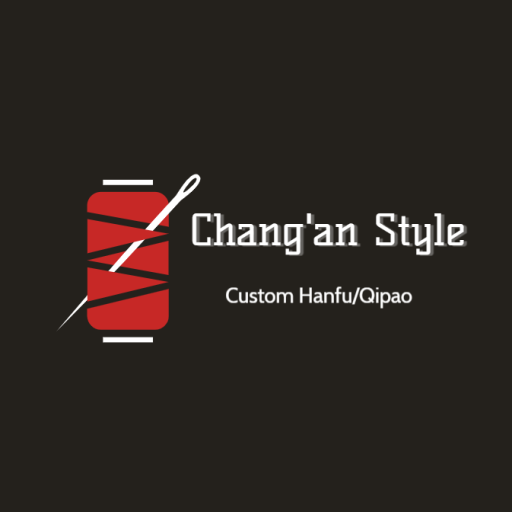In the world of fashion, where trends come and go, there exists an enduring symbol of elegance and cultural heritage that continues to captivate and inspire: the qipao. Known for its beautiful form-fitting silhouette and rich historical roots, the qipao, or cheongsam, remains a quintessential expression of Chinese aesthetic and sophistication. This guide invites you to explore the timeless allure of qipao dresses, offering insights into its history, evolution, and the ways in which you can incorporate this exquisite garment into your contemporary wardrobe.
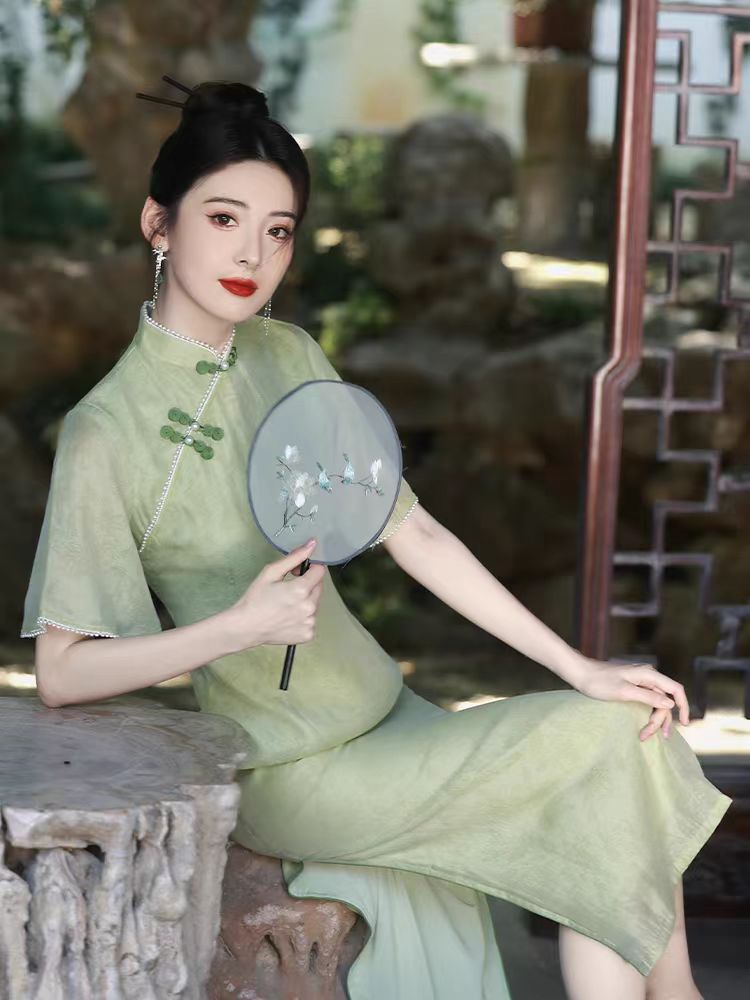
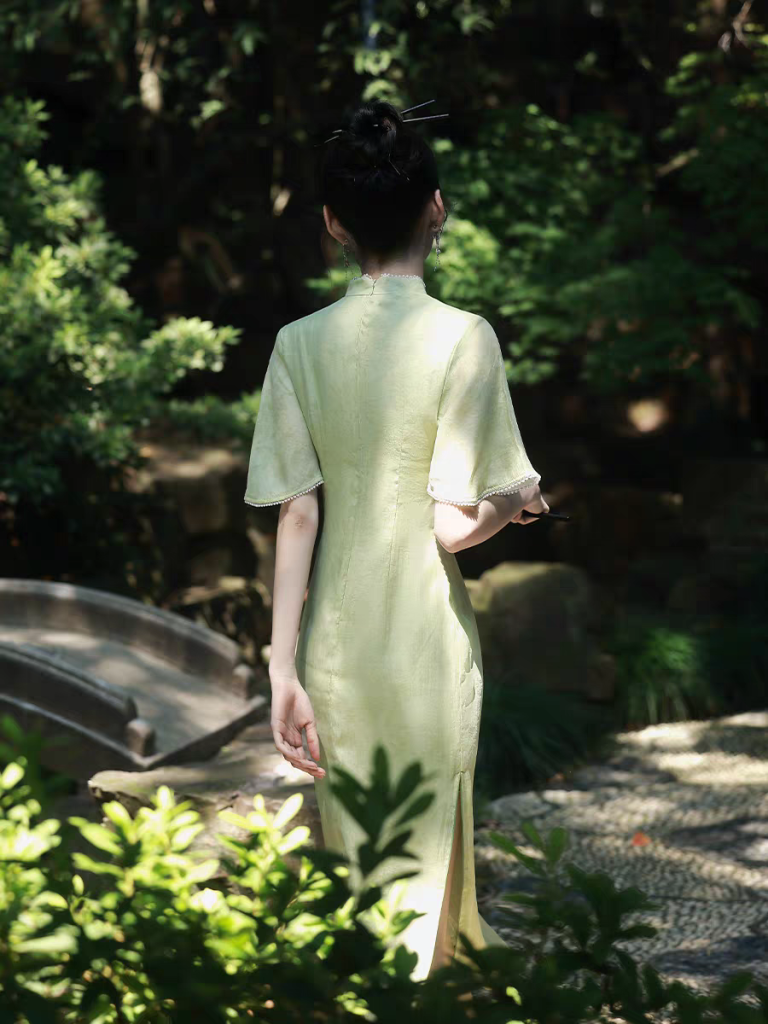

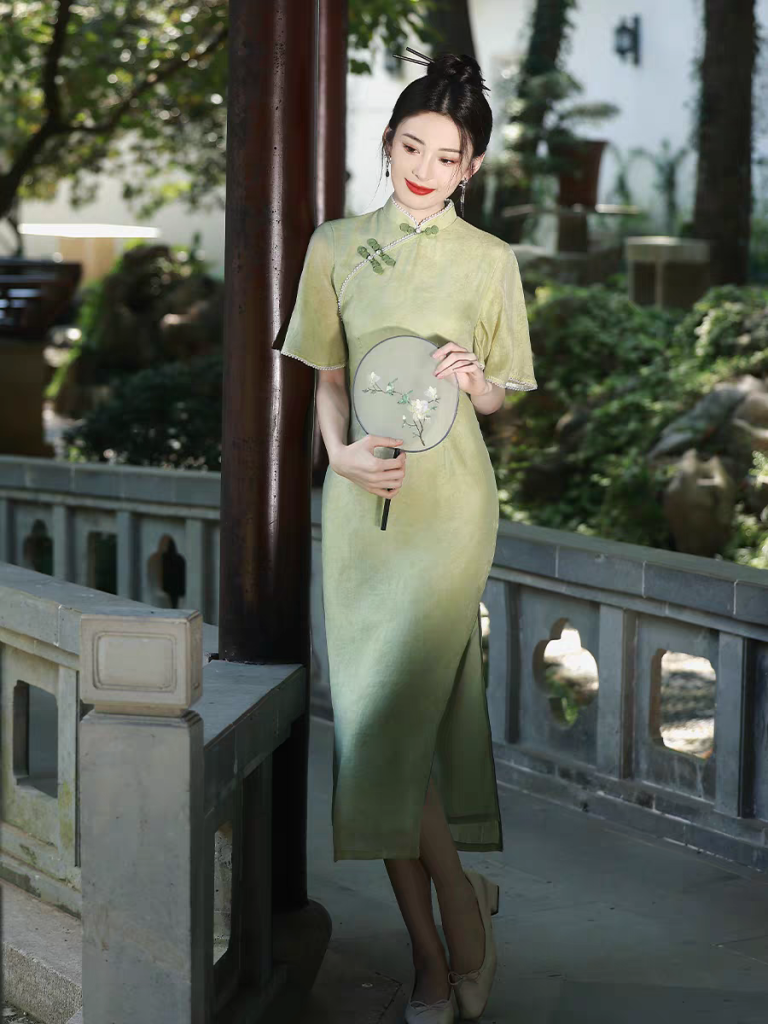

The Origins of Qipao
The qipao began its story in the 17th century during the Qing Dynasty, but it was not until the 1920s and 1930s in Shanghai that the dress took on the form we recognize today. Originally a loose-fitting dress intended to conceal the figure, the qipao evolved into a more form-fitting and shorter garment, reflecting the social changes and the increasing empowerment of women in China. This transformation symbolized not only a fashion revolution but also a cultural shift towards modernity.
Symbolism and Cultural Significance
Every aspect of a qipao—from its fabric to its patterns—carries deep cultural significance. Traditionally made from silk, the qipao often features intricate embroidery with symbols such as the phoenix, which represents beauty and grace, or dragons, symbolizing power and strength. The colors, too, are full of meaning: red for luck and joy, black for sophistication, and gold for prosperity.
Qipao in Contemporary Fashion
Today, the qipao is celebrated globally, cherished not only within Chinese communities but also embraced by international fashion enthusiasts who appreciate its beauty and elegance. Modern designers have reimagined the traditional qipao, infusing contemporary elements such as different fabrics, cuts, and styles while maintaining its distinctive Mandarin collar and sleek, tailored fit.
How to Wear a Qipao in Today’s World
Formal Events:
A silk or brocade qipao in a classic length is perfect for weddings, galas, or any formal occasion. Accessorize with minimalist jewelry to let the dress speak for itself.
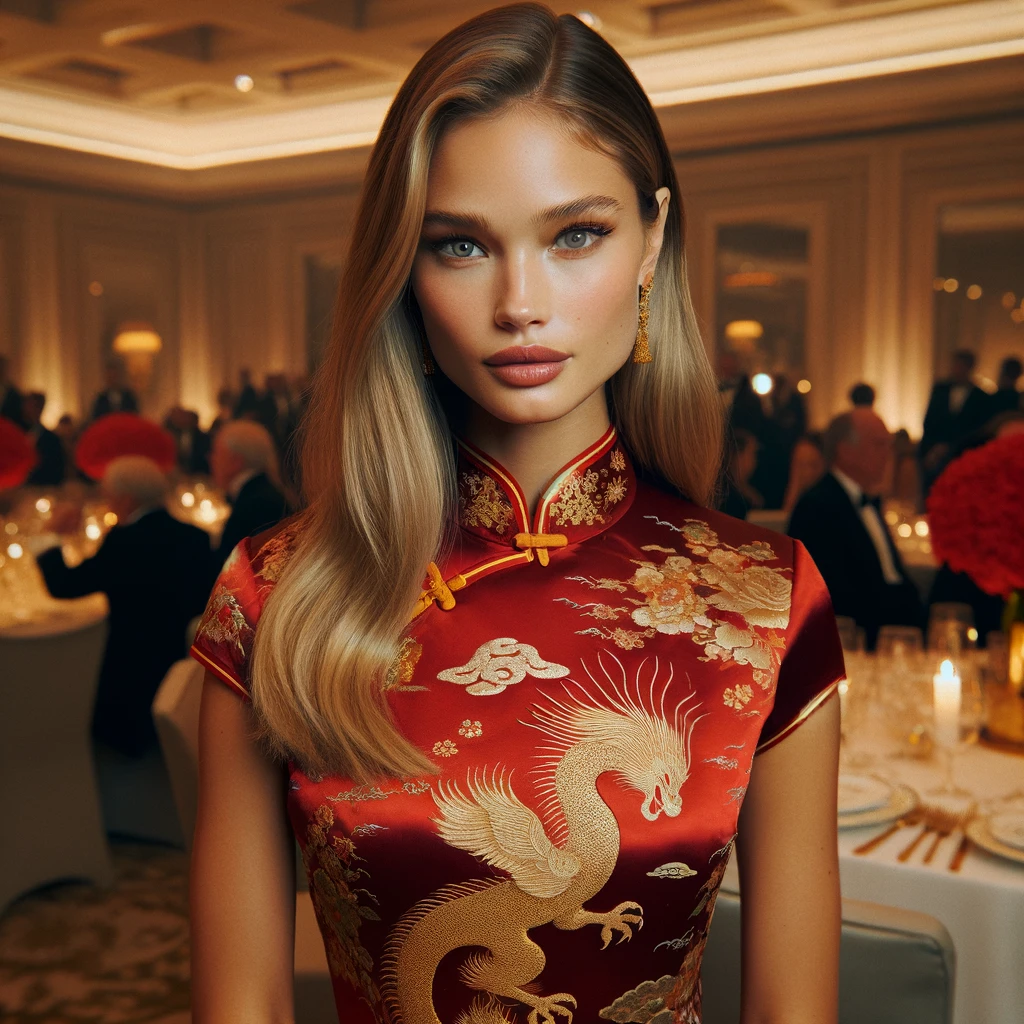
Casual and Chic:
For a more casual look, choose a qipao with a shorter hemline made from cotton or linen. Pair it with ballet flats or sandals for a comfortable yet stylish day out.
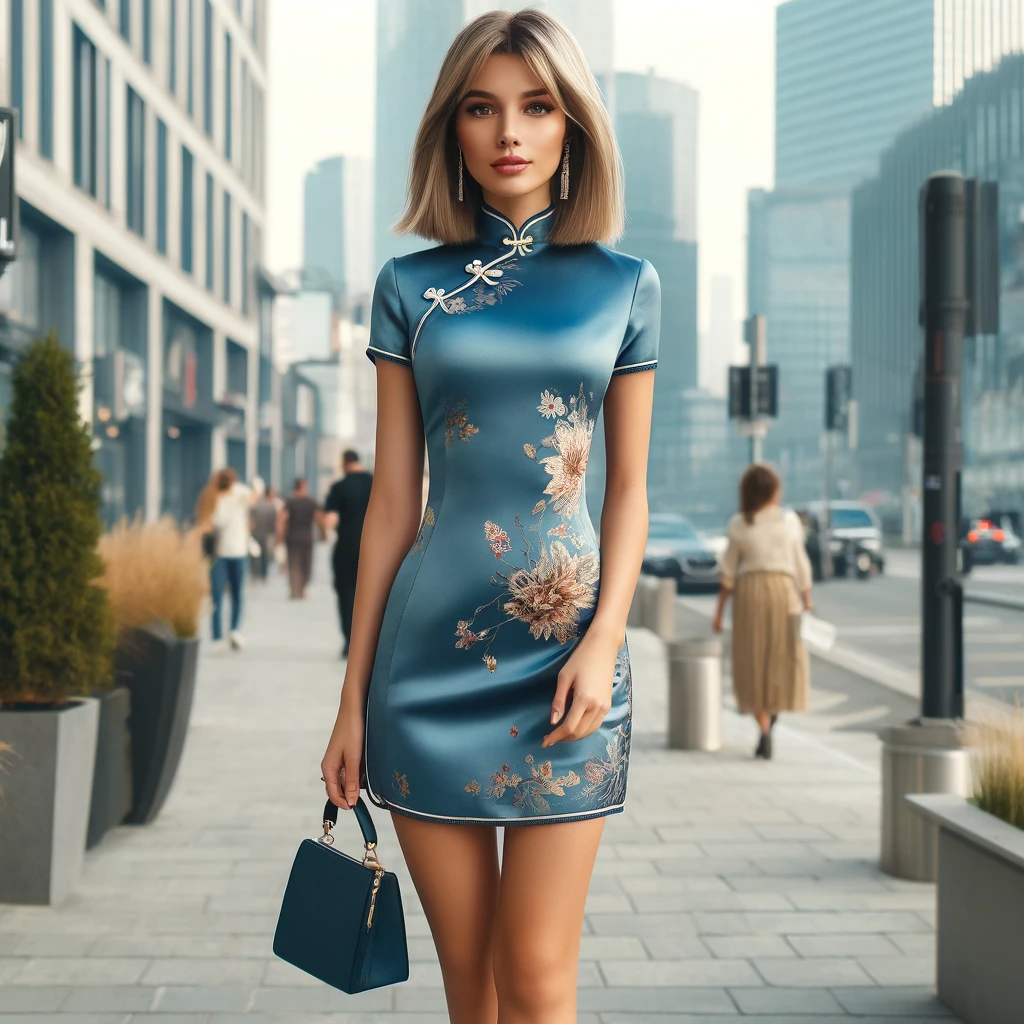
Corporate Elegance:
A knee-length qipao in muted colors makes a bold statement in a professional setting. Combine it with a blazer or a sophisticated cardigan during cooler months.

Mix and Match:
Modern qipao tops can be paired with jeans, skirts, or trousers, blending traditional Chinese elements with Western fashion trends.
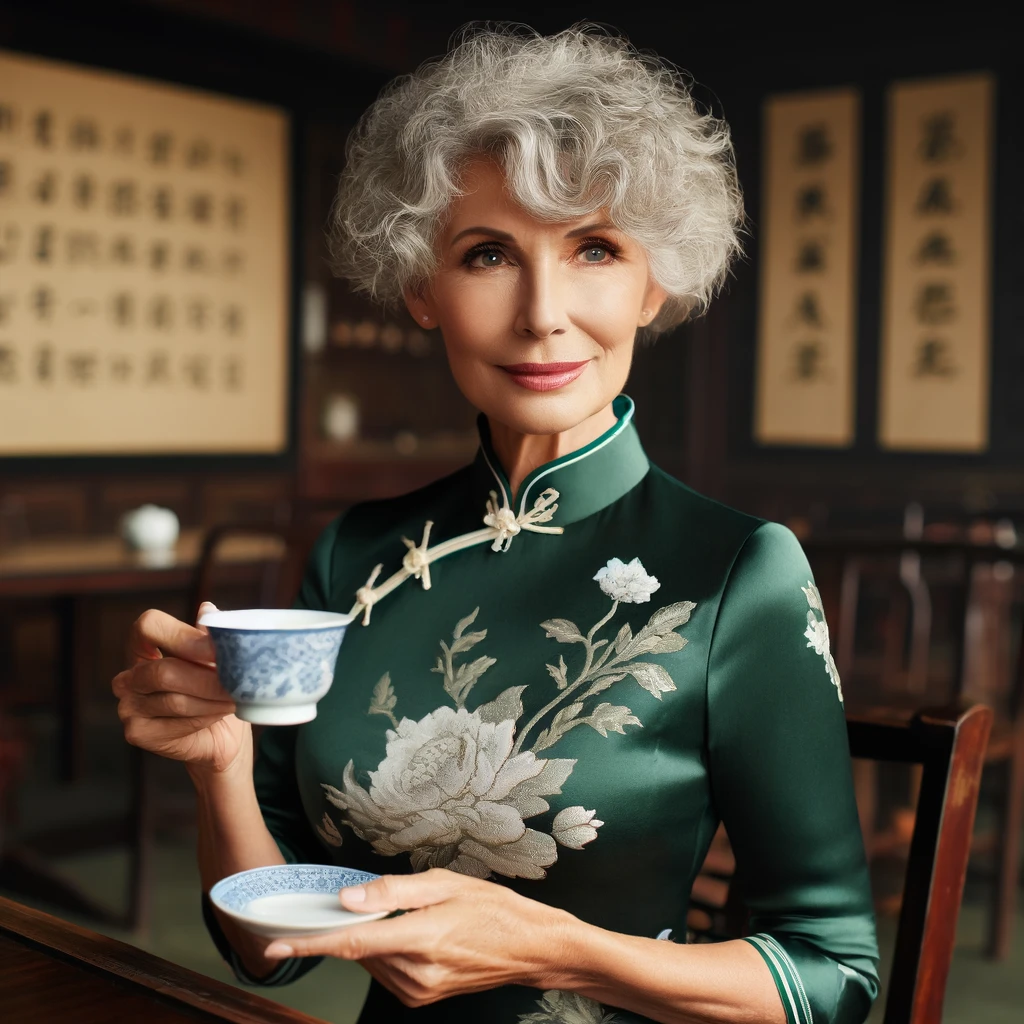
Purchasing and Preserving Your Qipao
When selecting a qipao, it’s crucial to consider both style and quality. High-quality silk and meticulous embroidery or tailoring are markers of a well-made qipao. It’s also important to care for your qipao properly—dry cleaning is recommended for silk garments, and proper storage is key to preserving their beauty.
The Global Influence of Qipao
The qipao has made significant inroads into global fashion scenes at international fashion shows and through celebrity endorsements. Designers like Vivienne Tam and Guo Pei have incorporated qipao-inspired elements into their collections, showing the versatility and global appeal of the dress.
A Living Art Form
The qipao is more than just a dress; it is a living art form, steeped in history and rich in meaning. It bridges the past and the present, traditional culture and contemporary style. Whether you are exploring your heritage or simply looking for a garment that combines beauty with elegance, the qipao offers a unique style statement that is both timeless and modern.
By embracing the qipao, you participate in a legacy of elegance and refinement, redefining what it means to wear history. So, dive into the world of qipao, and let your journey through its silk threads be as enchanting as the dress itself.
